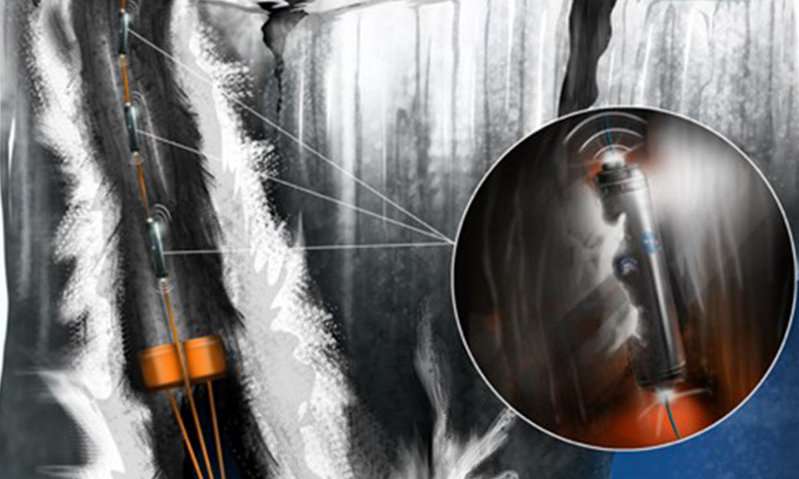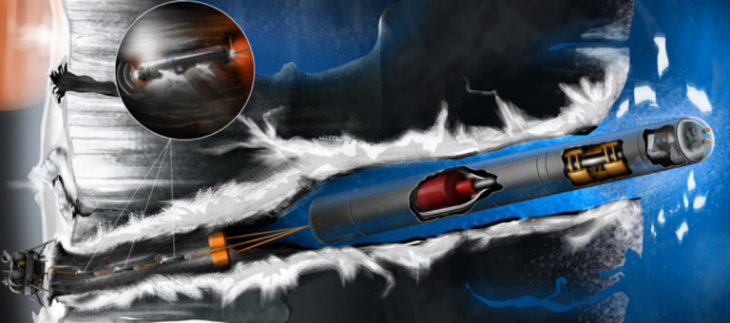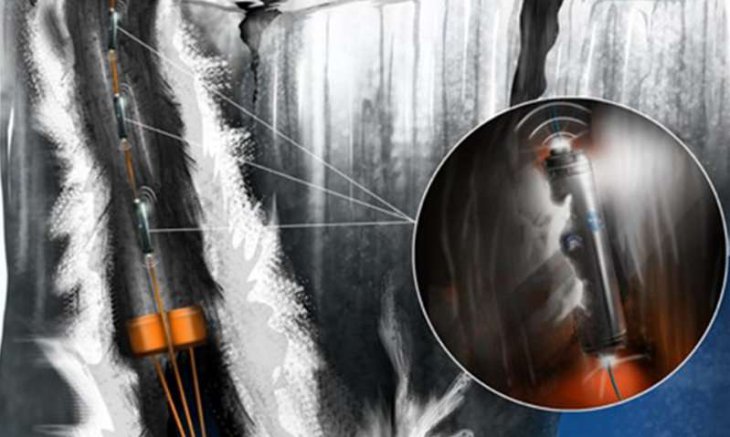Life Hunting On Europa Could Be Done By NASA’s Tunneling Bot
Parvati Misra - Dec 26, 2018

“Tunnelbot” could potentially be the breakthrough of exploring the thick ice layer on Europa.
- Russia Will Build A Lunar Space Station With China Because It's Done With NASA
- NASA Reveals 20 Most Stunning Earth Images Taken From The ISS
- Indian-Origin NASA Researcher Discovers Jupiter Moon Europa Glows In The Dark
The impressive probe known as the “Tunnelbot” could potentially be the breakthrough of exploring the thick ice layer on Europa.
Europa – Jupiter’s fourth smallest moon – is considered as one of the most potential spots in the solar system that has life signs. Scientists believe that the liquid ocean within a thick layer of ice could carry living organisms. However, the ice layer is the biggest challenge the scientists must face before reaching the liquid oceans due to its thickness of 30 kilometers (18 miles).

NASA’s researchers in Glenn Research COMPASS team have come up with a plan to create a robot that could make the short work through the icy shell in Europa, as a result, approach the ocean below. The probe, which is powered by nuclear energy can dig into the icy shell of the moon to look inside its distribution and could possibly access the deep dark zone.
The Tunnelbot was visualized into two versions, one would apply a radioactive heat source module while the other would apply a small nuclear reactor. Both of them melt the ice by making use of excess heat from their nuclear reactors while traveling down.
When moving, the Tunnelbot constantly evaluates the ice, checks for life signs and report to the Earth via a fiber optic cable which is connected to the communication device at the surface of Jupiter's fourth-smallest moon. Also, the probe could explore the smaller lakes inside the ice layer before reaching the deep ocean of Europa.
The research sponsored by NASA is only a concept study. Bringing it into reality would take years of work and safety measure to avoid destroying the promising ecosystem available on Europa – also how to transport the heavy robot to Jupiter's moon.
However, how to transport the Tunnelbot to Europa is not one of the scientists’ concerns. According to Andrew Dombard, Chicago University of Illinois’s professor of Earth and environmental sciences, the probe could assumingly get to the moon and only focused on the mechanism of the probe during the exploring process.
Featured Stories

Features - Jul 01, 2025
What Are The Fastest Passenger Vehicles Ever Created?

Features - Jun 25, 2025
Japan Hydrogen Breakthrough: Scientists Crack the Clean Energy Code with...

ICT News - Jun 25, 2025
AI Intimidation Tactics: CEOs Turn Flawed Technology Into Employee Fear Machine

Review - Jun 25, 2025
Windows 11 Problems: Is Microsoft's "Best" OS Actually Getting Worse?

Features - Jun 22, 2025
Telegram Founder Pavel Durov Plans to Split $14 Billion Fortune Among 106 Children

ICT News - Jun 22, 2025
Neuralink Telepathy Chip Enables Quadriplegic Rob Greiner to Control Games with...

Features - Jun 21, 2025
This Over $100 Bottle Has Nothing But Fresh Air Inside

Features - Jun 18, 2025
Best Mobile VPN Apps for Gaming 2025: Complete Guide

Features - Jun 18, 2025
A Math Formula Tells Us How Long Everything Will Live

Features - Jun 16, 2025

Comments
Sort by Newest | Popular